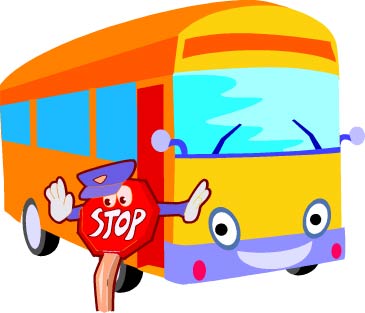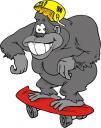I’ve just heard that MathSphere (one of the most successful school providers of Maths software) have launched a superb offer for schools.
If a school buys a site licence for any of the MathSphere software then they will provide 32 CDs with the same content for the school to give to parents: and all for just £75.00.
This includes the worksheet CDs and Calculations. At the moment parents can buy these for £20 or £11.75 each, so if you are thinking of purchasing, why not contact your school and see if the are willing to spend £75 to get 32 extra to give away?
I notice that this offer is not on-line: schools have to ring (01903 500606) or fax a special order form available at the site.
With the Government pushing Home-School links at the moment it will be interesting to see how many schools will take up the challenge; there are still a lot of schools out there who are unwilling to share the ‘secrets’ of their teaching with parents.
 Well, the metric system has been with us for a long time but there are still many children who use Imperial units when talking, often not knowing very much about them. Schools teach the metric system: society seems to want to keep the old fashioned system and it is our children who suffer.
Well, the metric system has been with us for a long time but there are still many children who use Imperial units when talking, often not knowing very much about them. Schools teach the metric system: society seems to want to keep the old fashioned system and it is our children who suffer. Here is a nice little page from the forthcoming URBrainy website (not yet online). It looks at a key phrase which young children need to understand, “How many are left?”
Here is a nice little page from the forthcoming URBrainy website (not yet online). It looks at a key phrase which young children need to understand, “How many are left?” Children always seem very reluctant to check the answers to calculations that they have made. This sometimes results in bizarre answers, often when using a calculator.
Children always seem very reluctant to check the answers to calculations that they have made. This sometimes results in bizarre answers, often when using a calculator. Thanks to ‘Youarebrainy’ for this worksheet for very young children. ‘More than’ and ‘less than’ are important concepts for children to understand and they need plenty of practical work at home before moving onto worksheets: eg ask questions during everyday life, such as ‘Have I got more cake than you?’
Thanks to ‘Youarebrainy’ for this worksheet for very young children. ‘More than’ and ‘less than’ are important concepts for children to understand and they need plenty of practical work at home before moving onto worksheets: eg ask questions during everyday life, such as ‘Have I got more cake than you?’ Adding or subracting whole hundreds ‘in your head’ can cause problems for children. It takes time to realise that if you know that 6 + 7 = 13 then it is easy to work out 600 + 700. Children are thrown by the larger numbers and do not see the patterns involved. eg:
Adding or subracting whole hundreds ‘in your head’ can cause problems for children. It takes time to realise that if you know that 6 + 7 = 13 then it is easy to work out 600 + 700. Children are thrown by the larger numbers and do not see the patterns involved. eg: Here is a nice little investigation for young children which will show how well they can organise their thinking and work in a logical way.
Here is a nice little investigation for young children which will show how well they can organise their thinking and work in a logical way.